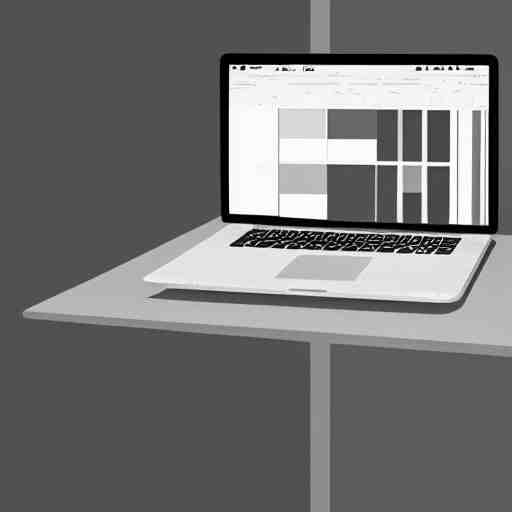Easily Explaining Headless Browser APIs And Its Top Use Cases
If you are looking for an easy explanation of headless browser APIs and its top use cases, this article is for you. Keep reading to find out more.
If you are a developer, you probably know what a headless browser is. But, if you are not, let us explain it to you. A headless browser is a web browser without a graphical user interface (GUI). It is used to execute automated tests on a website or application. A headless browser is usually controlled via the command line or through a RESTful API. This type of browser has many uses, such as: Testing website performanceTesting website accessibilityTesting website linksTesting website securityCrawling websitesDebugging websitesAnd much more.
But, despite all these uses, there are some situations where using a headless browser might not be the best choice. For example, if you need to access any specific feature of the browser that only works in the GUI version of it. Or if you need to capture screenshots of the website or application being tested. In these cases, using a headless browser API might be the best option for you.A headless browser API is an application programming interface that allows you to use the power of a headless browser without having to install one on your computer.
This way, you can easily test websites and applications without having to bother with installing and configuring the browser yourself. Moreover, a headless API enables you to automate your testing process so that you can save time and money. And last but not least, it enables you to test websites and applications in different browsers at the same time.
So if you need to test your website in Chrome, Firefox and Internet Explorer; with a headless browser API all of this is possible! But, how can you easily explain this type of APIs to your team? And how can you find the best one for your needs? Well, we have prepared for you the answers to both questions in this article! We will provide an easy explanation on what a headless browser API is and we will introduce you to the best one available on the market right now!
So, let us begin! What Is A Headless Browser API?A headless browser API is an application programming interface that enables developers to use a headless browser without having to install one on their computers first. This way they can perform automated tests on websites and applications without having to bother with setting up the browser beforehand.
There are many different types of APIs available on the market but we recommend using one that has recently gained popularity; because it offers an easy-to-use solution that allows developers to quickly test their sites and applications.
What Are APIs For Data Extraction?
Application Programming Interface (API) is a set of definitions and protocols that allow two software programs to communicate with one another. A data extraction API allows you to extract data from websites that use JavaScript code. This means that you will be able to extract any data from any website, even if it uses complicated scripts. There are many APIs available on the market, but we want to recommend you the best one: Web Scraping API with Headless Browser API.
To make use of it, you must first:
1- Go to Web Scraping API with Headless Browser API and simply click on the button “Subscribe for free” to start using the API.
2- After signing up in Zyla API Hub, you’ll be given your personal API key. Using this one-of-a-kind combination of numbers and letters, you’ll be able to use, connect, and manage APIs!
3- Employ the different API endpoints depending on what you are looking for.
4- Once you meet your needed endpoint, make the API call by pressing the button “run” and see the results on your screen.
Concerning Web Scraping API With Headless Browser API
For complex web scraping operations, this Web Scraping API with Headless Browser functionality is the ideal tool. You may extract data from websites while acting as a genuine browser thanks to our robust API. This entails that it is simple to get over website limitations, crack captchas, and scrape dynamic webpages.
The API also offers a variety of data extraction tools that make it simple to get the text, photos, and connections from web pages that you require. The API can be altered to meet your unique requirements, including data extraction from particular page elements or link-following to scrape numerous sites.


